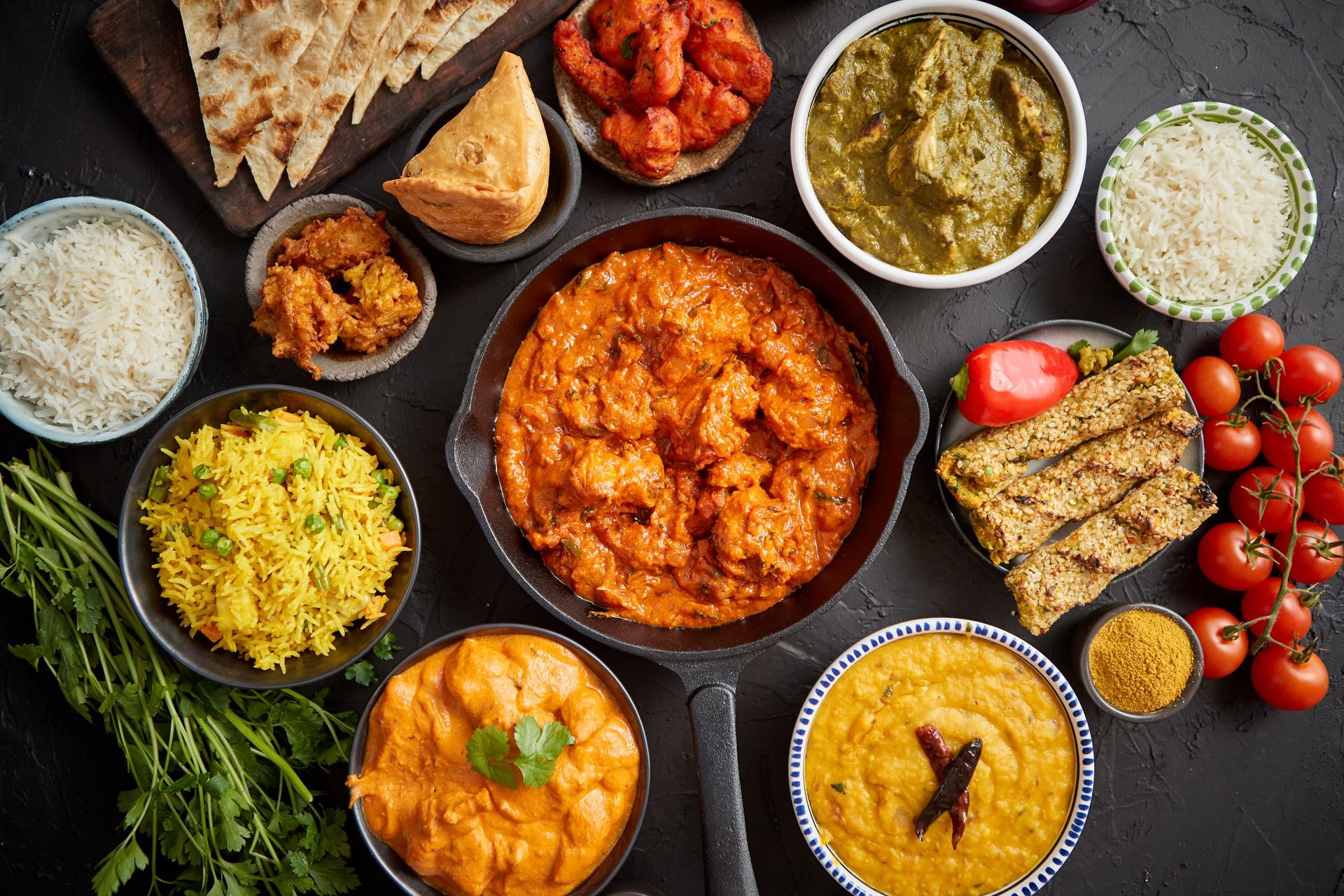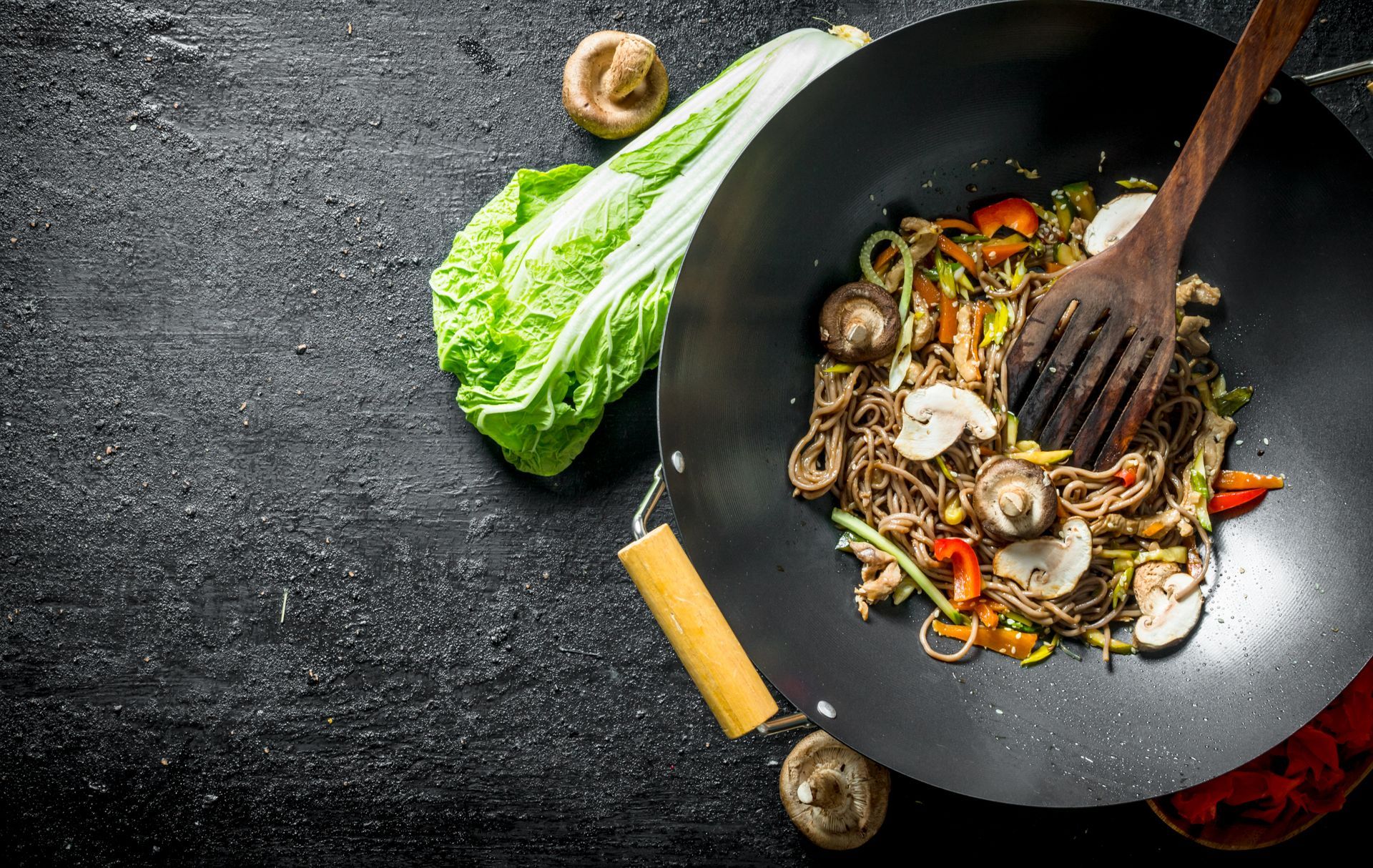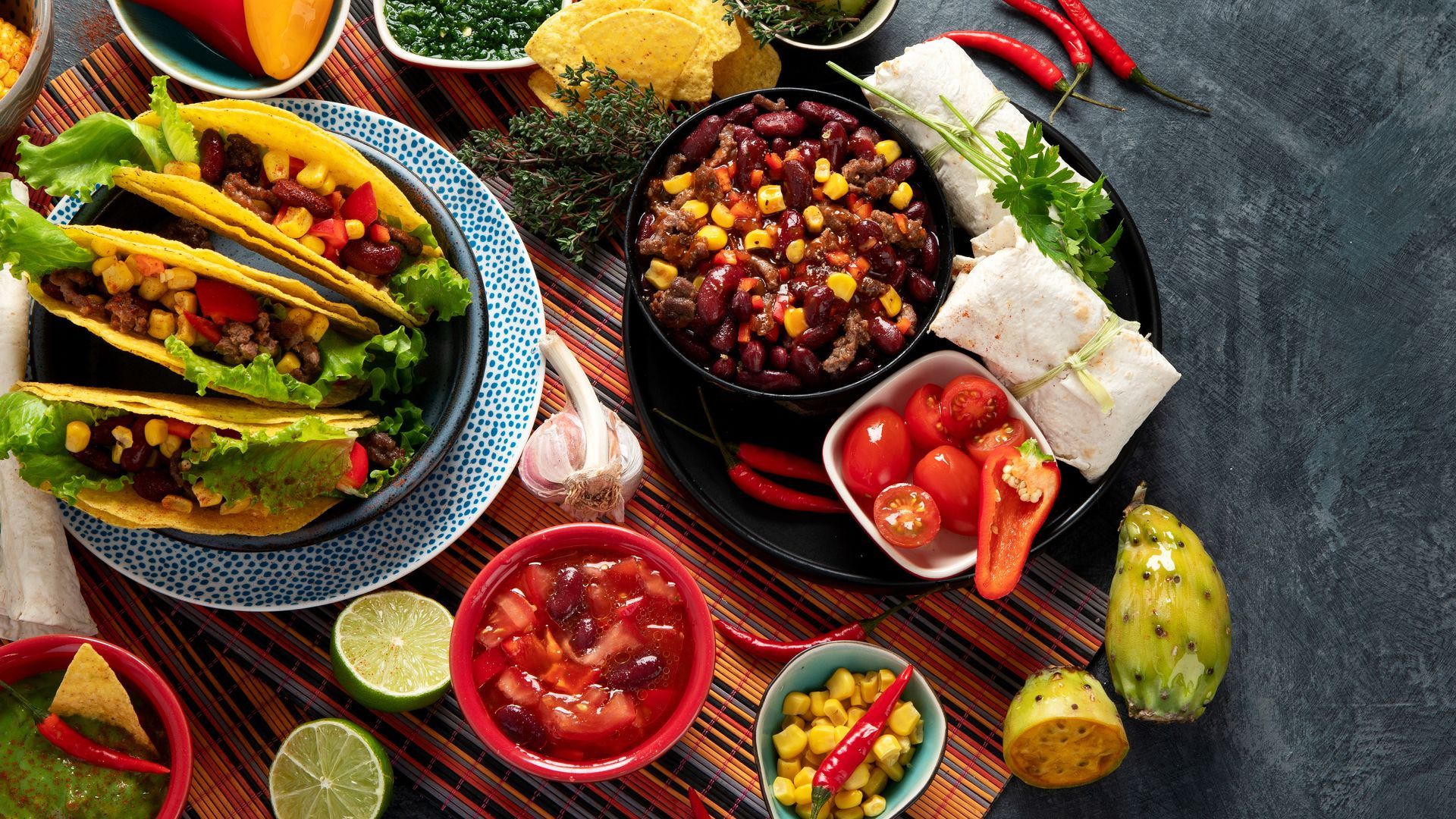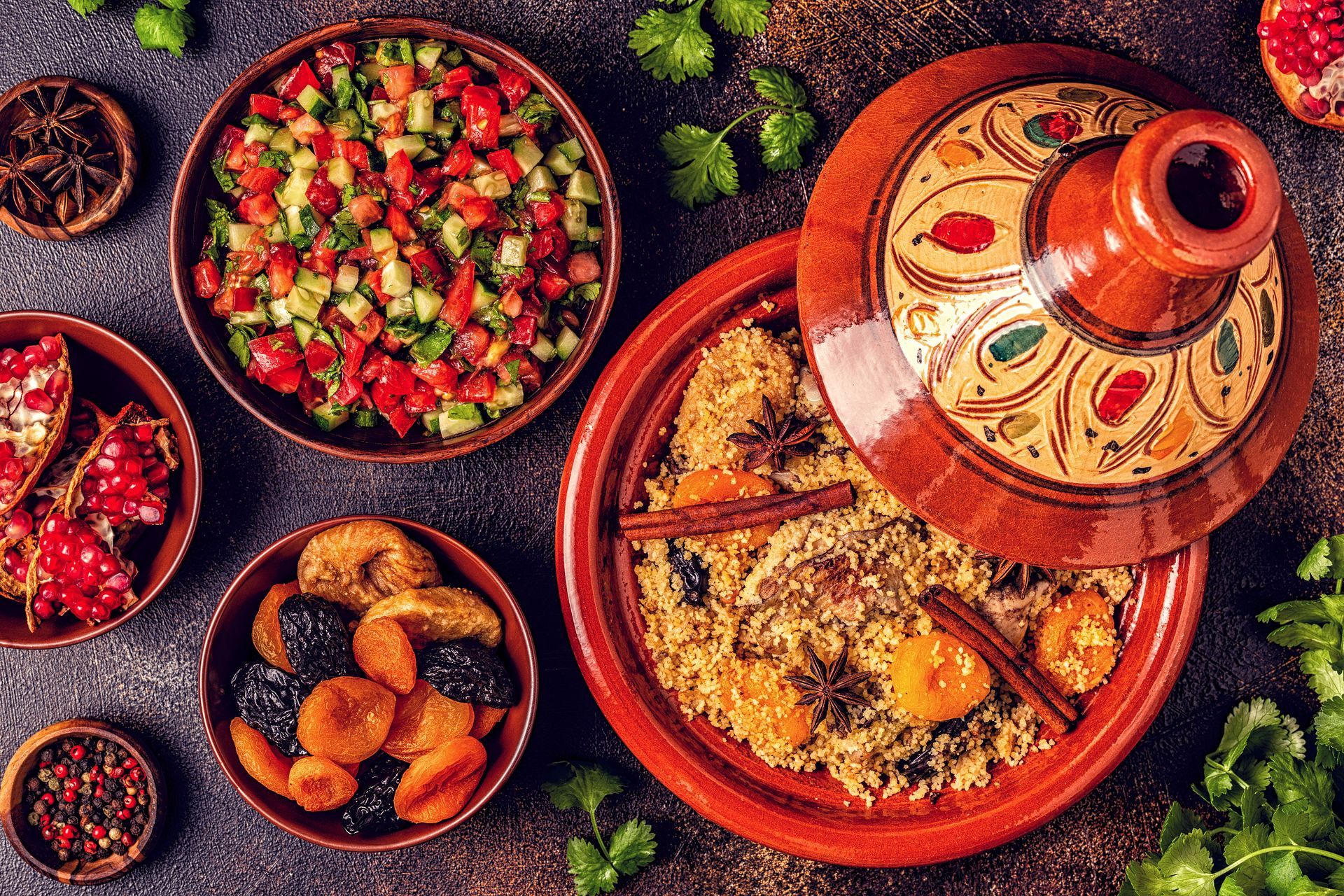Celebrations
Around the world, fruits and vegetables are the basis of food, and food is the basis of celebrations. Explore this tool to find out more about fruits and vegetables commonly consumed on different occasions and by different ethnic groups.
EID | March 19 to 20, 2026
Eid celebrates the end of the fast in the month of Ramadan. The day begins with a sweet breakfast. In addition to the mint tea that accompanies every meal, dates, salads, carrots, zucchini, etc. are commonly eaten during this celebration.
DIWALI | October 20, 2025
Diwali, also known as the Festival of Lights, is one of the major religious festivals of the Indian community, and is comparable to Christmas for Christians. It's customary to light fireworks and give each other gifts and sweets. Celebrations last five days, but the third day is the most important, celebrating the goddess Lakshmi. The third day is also the last day of the Hindu Vikram calendar.
HANUKKAH | December 14, 2025 to December 22, 2025
Hanukkah is a Jewish holiday celebrated from Kislev 25 (in November or December, depending on the year) and lasting 8 days. It's the Festival of Lights, celebrated by lighting the menorah each evening. In memory of the miracle of the little vial of holy oil, it is customary to eat food fried in oil. A classic European dish is potato latke, while in Israel it's sufganiyah. In memory of the miracle of the little vial of holy oil, it is customary to eat food fried in oil. A classic European dish is potato latke, while in Israel it's sufganiyah.
CHINESE NEW YEAR | February 17, 2026
Chinese New Year, also known as Spring Festival or Lunar New Year, is the biggest celebration of Canada's Asian population. It is celebrated by communities in Vietnam, Korea and Southeast Asia.
Tangerines, pomelos and oranges are present in households as symbols of good luck, abundance and fortune. Grapes, plums, jujubes and kumquats are also offered as a sign of prosperity and good luck.
ORTHODOX EASTER | April 20, 2025
Orthodox Easter is celebrated by the Greek community and is the most important event in the Orthodox Christian faith. Among the Greek community, eggplant, lettuce, dandelion and vlitas are often eaten.
RAMADAN February 17 to March 19, 2026
For 30 days, the Muslim community celebrates the revelation of the Koran to the prophet Mohammed. Every day, a fast is observed from sunrise to sunset. After a day without food, many will eat fruits such as dates, figs, apricots or plums, and vegetables such as gourgans, zucchini and okra.
ROSH HASHANAH | September 22 to 24, 2025
Rosh Hashanah is a 2-day Jewish holiday that celebrates the new calendar year of the Hebrew calendar. Rosh Hashanah is celebrated by lighting candles, preparing festive meals, and offering prayers that include blowing the ram's horn. Meals for the two evenings of celebrations begin with slices of apple dipped in honey. The pomegranate is widely consumed because its seeds symbolize life, love, fertility and prosperity. Dates, figs, leeks, beets and squash are also present during this celebration.
SUKKOT | October 6 to 13, 2025
Sukkot is a week-long Jewish celebration held every year in October. The holiday is reminiscent of Thanksgiving, as it celebrates the annual harvest of farmers. The Jewish community gathers to thank God for the blessings nature has bestowed on them during the year.





